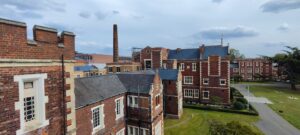Abandoned Somerset: HMP Shepton Mallet | Urbex

HMP Shepton Mallet, located in Somerset, closed its doors in 2013. At this time it was the UK’s oldest operating prison. Before its closure it was a Category C lifer prison. Category C prisons are for those who are not trusted in open prisons but unlikely to escape.
Since its closure Shepton Mallet has reopened as a tourist attraction and runs multiple tours a day with an ex-prison officer. The prison was also used to film prison scenes in both Paddington 2 and ITV’s drama Des.
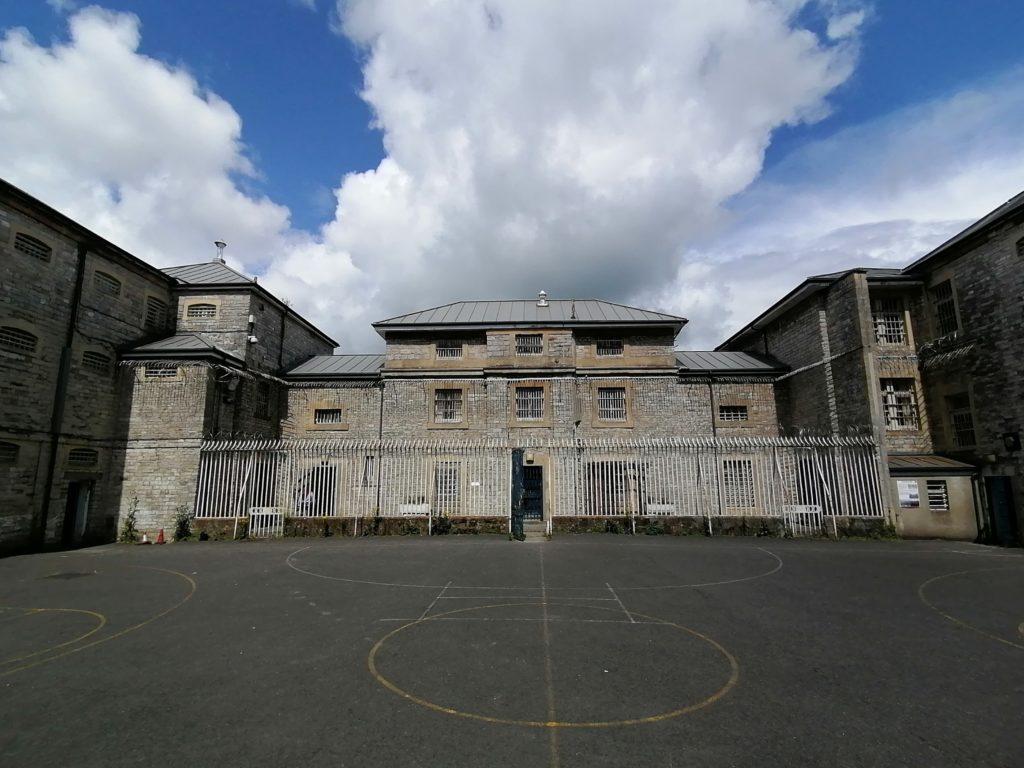

History
Shepton Mallet was opened in 1625 and at the time was one of three prisons in Somerset. Conditions were reportedly atrocious; men, women and children were all piled in together and disease was rife. By 1646, Shepton Mallet was described as being in poor repair. In 1773, Parliament appointed a commissioner to investigate prisons around the country. The commissioner, John Howard, said the following about Shepton Mallet:
“Many who went in healthy are in a few months changed to emaciated, dejected objects. Some are seen pining under diseases, expiring on the floors, in loathsome cells, of pestilential fevers and the confluent smallpox.”
More land was purchased in 1790 to extend the prison so men and women could be kept separated. By 1822, the prison was holding 200 prisoners. It was around this time that a treadwheel was built on site for prisoners sentenced to hard labour. The treadmill at Shepton Mallet can still be seen today and it is one of the few that actually served a purpose. It powered a mill just outside the prison’s grounds. The 19th Century penal treadmill resembles a large wheel with steps. Inmates would climb the steps repeatedly and the wheel would rotate. Prisoners would walk the treadmill for at least six hours a day, the equivalent of walking 10-14,000 feet upwards. Treadmills were seen as the perfect solution to inmate idleness. Hard labour sentences were grueling and in most cases, the treadmill’s only purpose was punishment.

In 1868, public executions were abolished in England. Alongside this the two other prisons in Somerset were closed. Shepton Mallet became the County Gaol responsible for executions. Between 1889-1926, seven men were convicted of murder and therefore executed within the prison. They were buried within the prison grounds and are still remembered there today.
In July 1904, a fire broke out in C block. It is believed to have been started by a prisoner. The alarm was sounded and all prisoners were moved to the prison chapel. Through the night and early morning prisoners, warders and firemen fought the fire together. Whilst this might have seemed like the perfect opportunity to flee, no prisoner attempted to escape. Surprisingly, only the roof of C block was destroyed and the building remained mostly intact.
The prison closed in 1930 after decades of declining prison population. The last woman had left in 1918 and only 50 inmates remained.
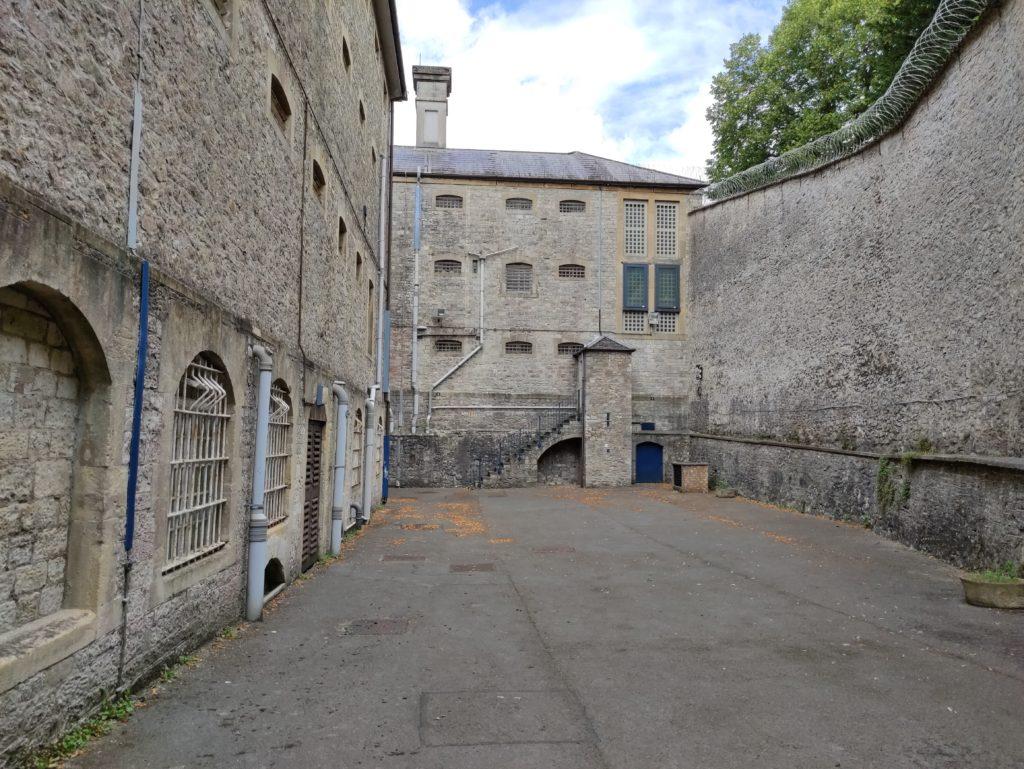

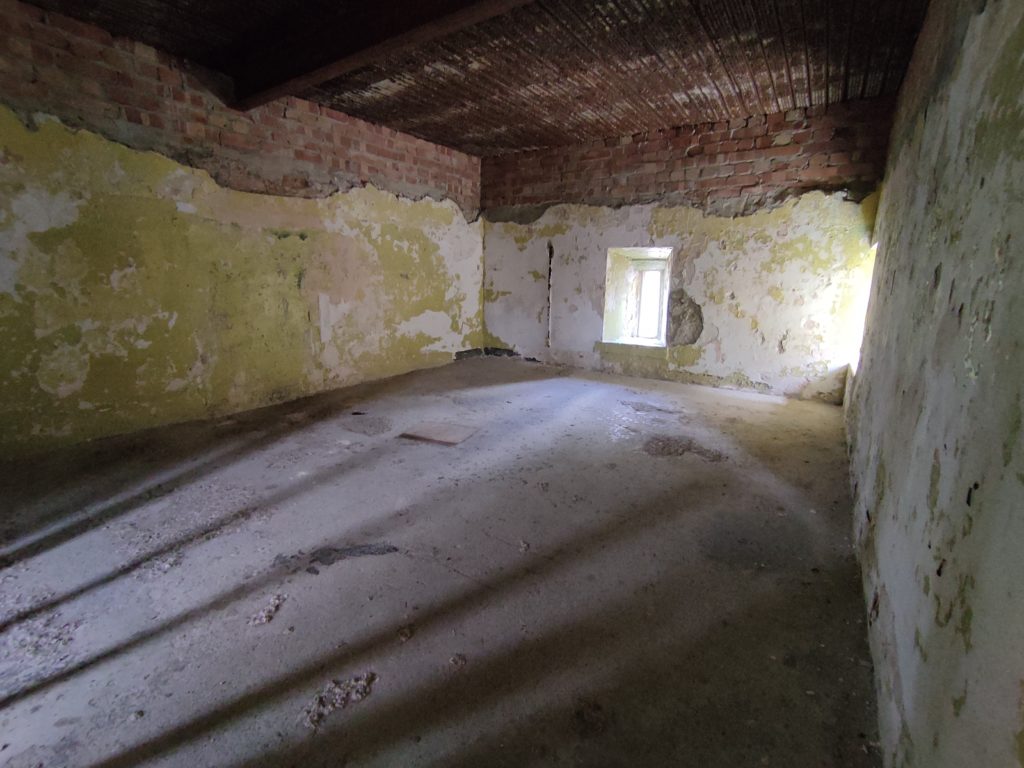
Use during WWII
After the outbreak of war in September 1939, Shepton Mallet reopened a month later as military barracks. It soon became home for 300 men from the British armed forces. The population grew so rapidly that temporary huts had to be erected in the prison yard.
In 1942, when the US joined the war, Shepton Mallet was given to the Americans for their use. Over 700 American servicemen were incarcerated here between 1942-45. This includes the hanging of 16 men and another 2 being executed by firing squad on the site.
Shepton Mallet was not only used as a prison for the American Military. The National Archives secretly relocated their archives from London to the high security prison. Included within the 300 tonne of records were invaluable items such as the Magna Carta, the Domesday Book, logbooks from the HMS Victory and dispatches from the Battle of Waterloo. During their time at Shepton Mallet, the archives could still be accessed by archivists. The Head archivist even lived on site with his wife and children. Some documents, due to fear of the high concentration of valuable archives in one spot, were transported out of Shepton Mallet in 1942. Bombs falling on Bath and Bristol also contributed to the distribution of documents.
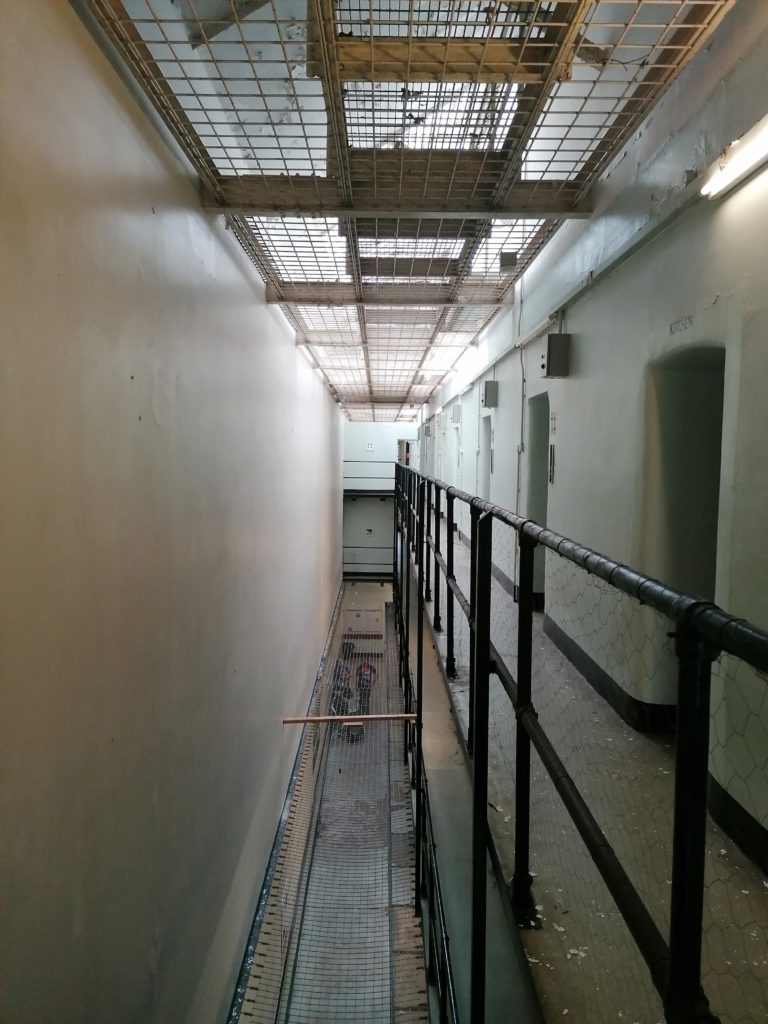
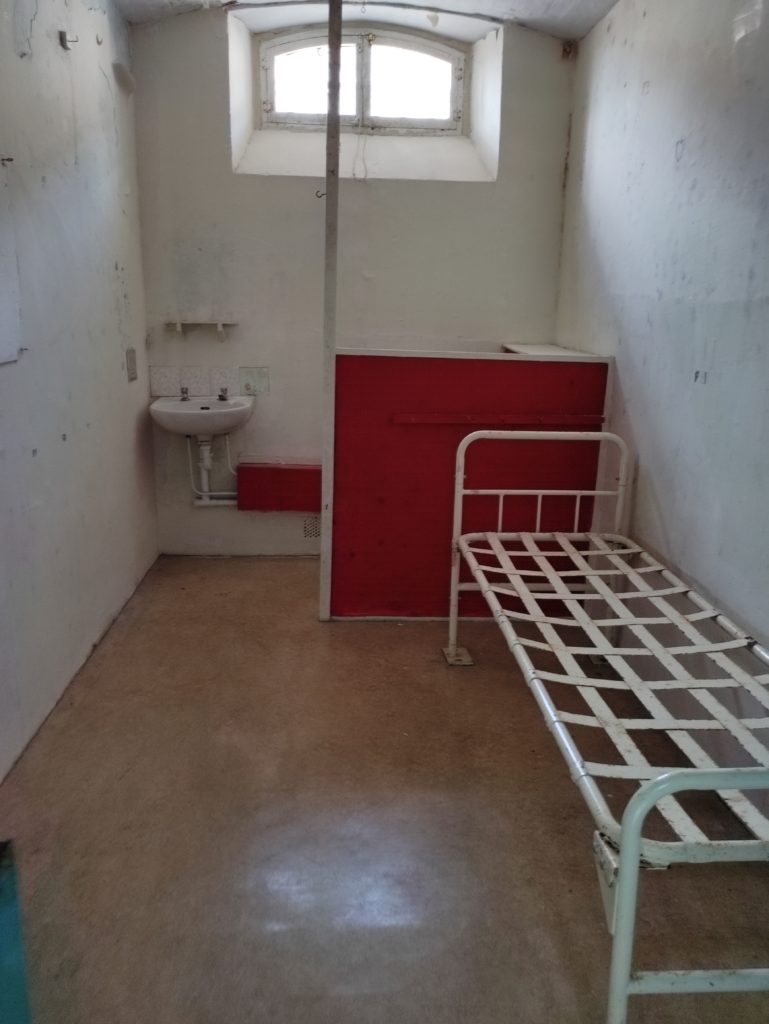
Famous Inmates
Shepton Mallet’s most famous residents are the infamous Kray twins. Reggie and Ronnie are known for being ruthless gangsters in the East End of London during the 1950s and 60s. The Krays were locked up at Shepton Mallet for a month whilst awaiting court-martial. The twins had been called up for National Service in March 1952 but reportedly tried to leave within minutes of arrival. They were arrested for being absent without leave whilst in the army and assaulted the police officer who tried to carry out the arrest. During their stay at Shepton Mallet, they were locked up with their future rivals Charlie Richardson and George Cornell – who Ronnie later killed.
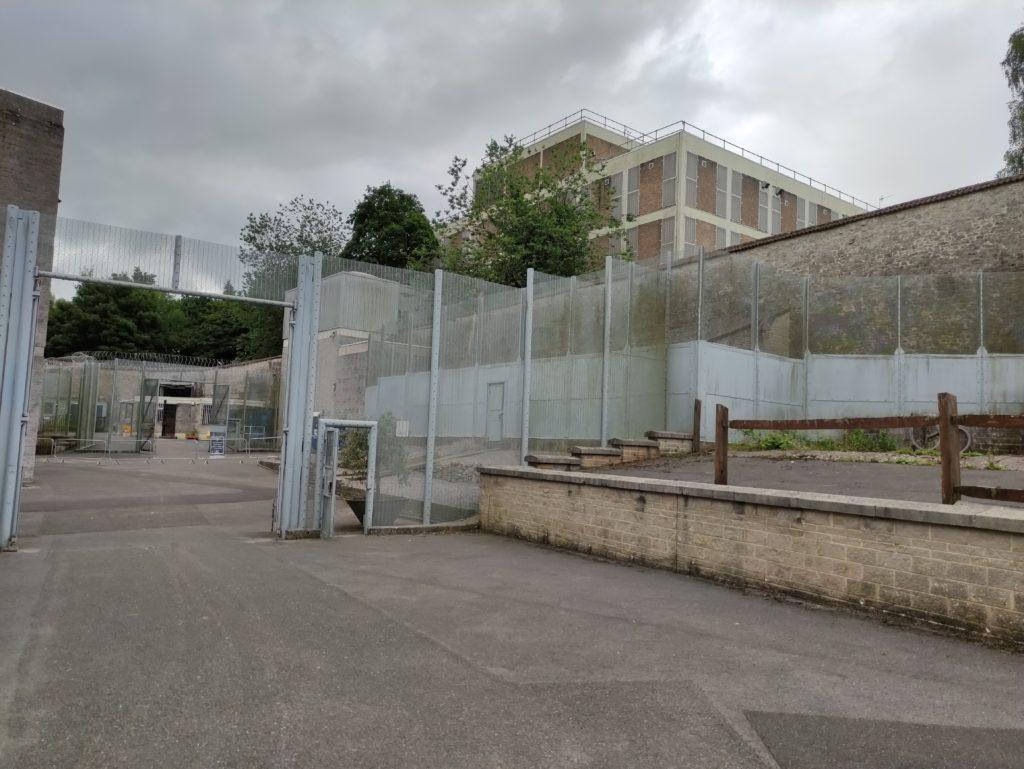
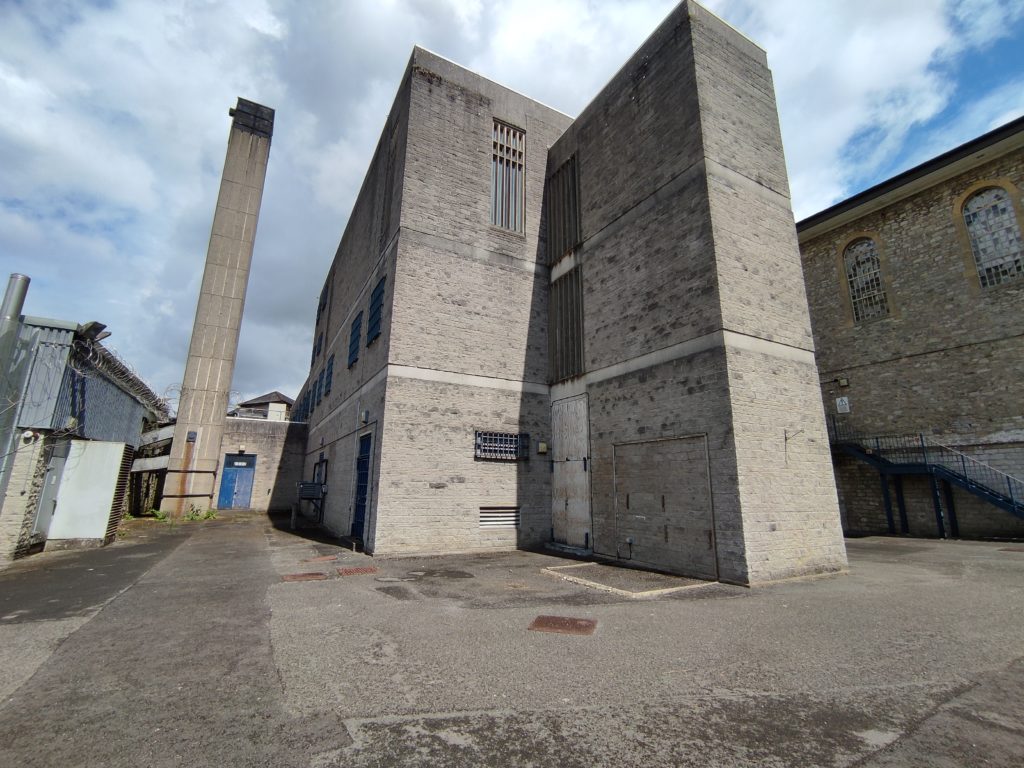
How to visit
Shepton Mallet is open every day of the week for self guided and guided tours. The guided tours last approximately 2 hours and visitors are taken around by an ex-prison officer. Our guide, Maurice, had a phelora of knowledge about the history of Shepton Mallet and the prison system. Whilst taking us around he fed us stories of his career as a prison officer and really gave us an insight into life for the incarcerated and those who guard them. Guided tours are held at 2pm everyday and during holidays and the weekend an extra tour is run at 11am. These tours cost £18 per adult, £12.50 for children.
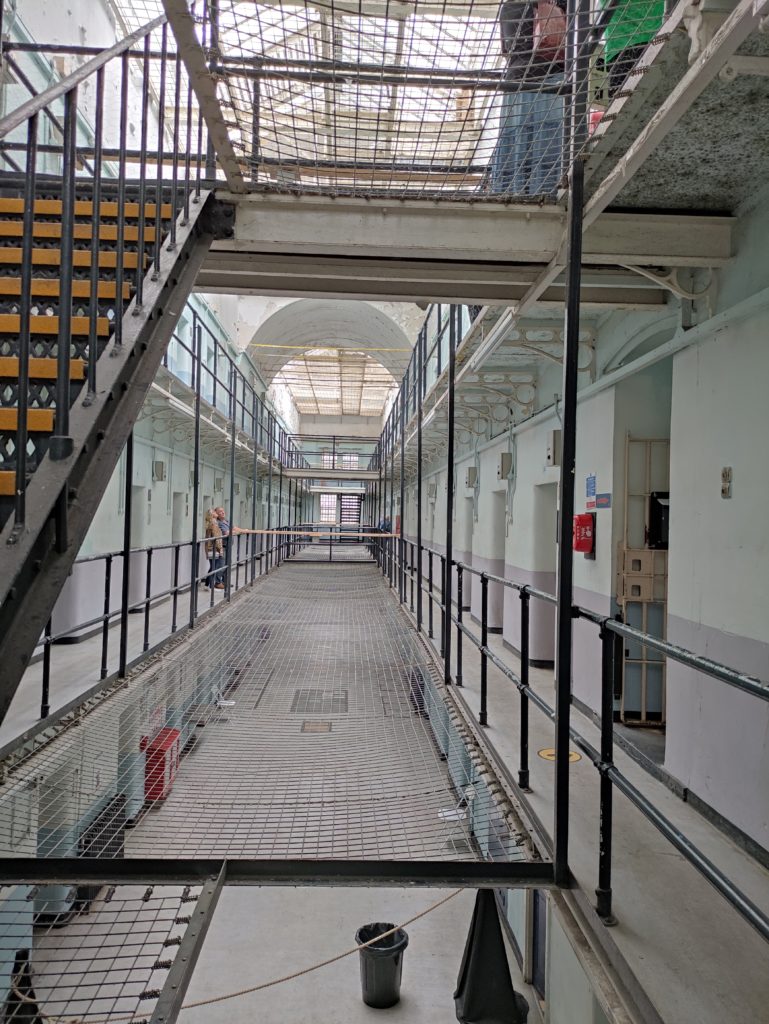
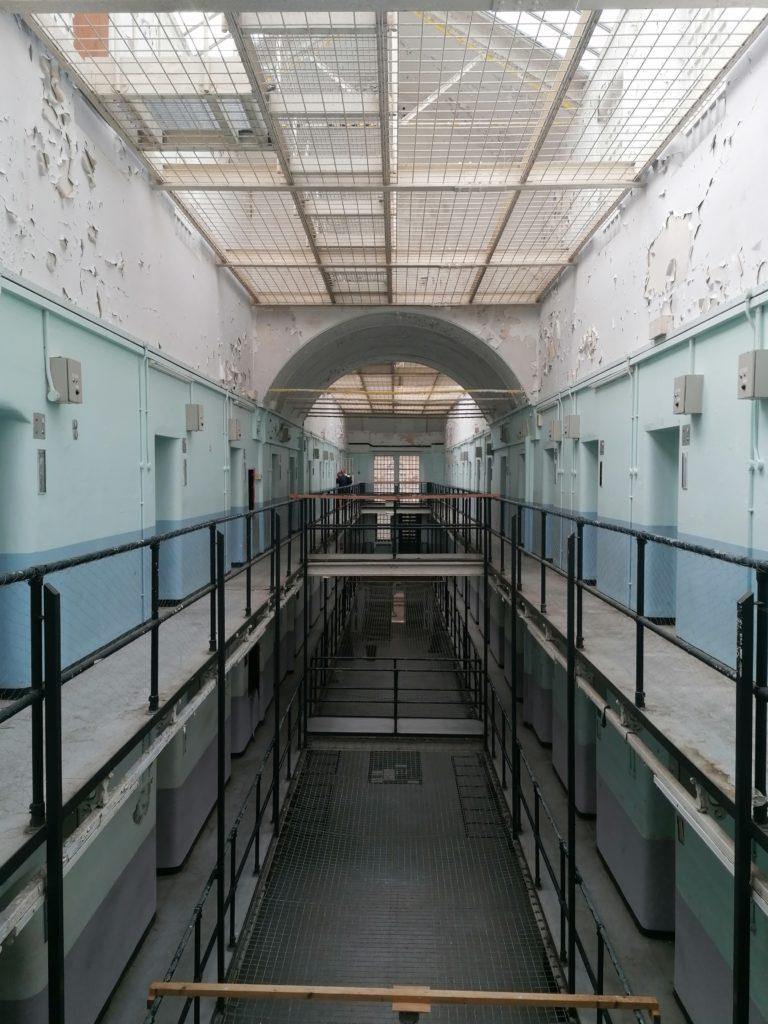


Shepton Mallet is reportedly frequented by many ghosts. From the “White Lady” in a wedding dress accused of murdering her fiance after a disagreement to the Kray Twins roaming the halls. If ghost hunting is your thing then Shepton Mallet offers ghost tours every Thursday. Two sessions are run and cost £20 and the prison promises a tour without gimmicks – a true gritty look at what happened over the last 400 years.
A visit to Shepton Mallet is highly recommended. There is a reason why the site has won so many tourist awards. You will gain a deeper understanding of how the prison system has evolved through time. The guides are entertaining and knowledgeable. I honestly cannot see anybody being disappointed by an afternoon visit to the site!
Last Updated on 19 December 2024 by Michael




